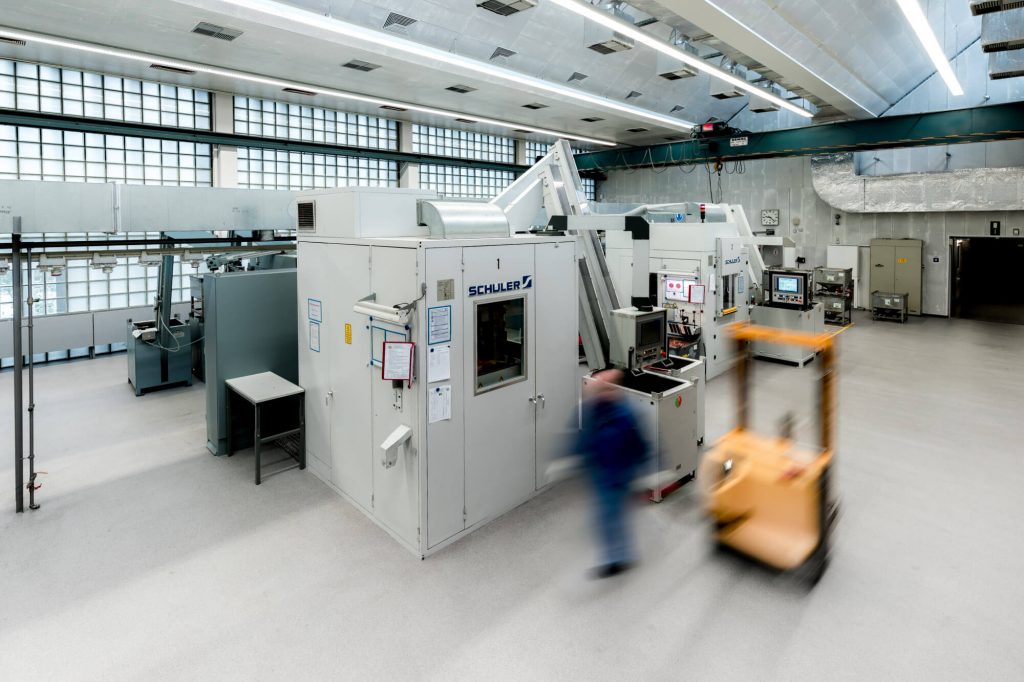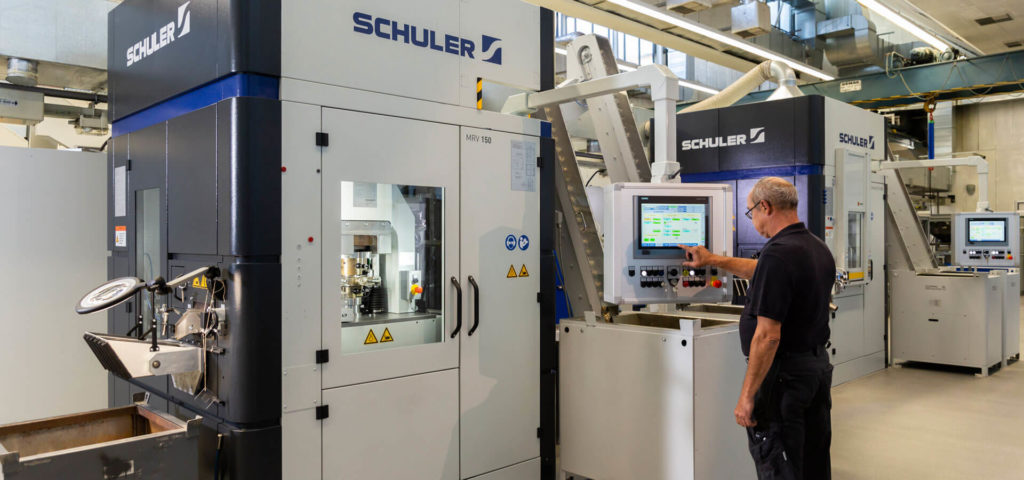The system of the five German mints dates back to 1871, when the German Coinage Act specified that the striking of German coins should not take place in a common national mint, but rather be spread across the mints of the federal states. That system was retained following the Second World War. The Berlin mint and the subsequently closed Muldenhuetten mint struck coins for East Germany, while West German coins were minted in Hamburg, Karlsruhe, Munich and Stuttgart. All mints answer to the ministry of finance in their respective state, and the Federal Ministry of Finance determines which mints strike which coins in which quantities and how those services should be remunerated.
F
Stuttgart mint
In 1374, Eberhard II, Count of Wuerttemberg, first had coins minted in Stuttgart. Ever since Stuttgart has been the chief mint of Wuerttemberg: first of the county; then of the Duchy; and ultimately of the Kingdom. It retained that role when Wuerttemberg joined the German Empire in 1871 and when it merged with Baden to form the federal state of Baden-Wuerttemberg in 1952.
For more than 600 years, the Stuttgart mint was located in or near the city centre. In 1842, King Wilhelm I had a new minting facility built across from the Stuttgart Staatsgalerie. But it suffered such severe damage during the Second World War that minting operations could barely be carried on. Thus the mint relocated to a newly built site in Bad Cannstatt in 1967.
G
Karlsruhe mint
The right of the Margrave of Baden to strike coins is first attested in 1362. However, it may have been awarded at a much earlier date. Unlike neighbouring Wuerttemberg, Baden did not possess a clear capital, and so the mint was repeatedly moved with the changing residence of the respective rulers.
For example, coins were minted in Baden-Baden, Darmstadt, Durlach, Emmendingen, Karlsruhe, Mannheim, Pforzheim and Tuebingen before Grand Duke Ludwig II of Baden decided to build a modern minting facility. On 9 February 1827, the building designed by Friedrich Weinbrenner was inaugurated in the presence of the Grand Duke. Our colleagues of the Karlsruhe mint are proud to still be working in this art historically significant building today.
80
80
Our employees
Foundation of our success
There are currently around 80 employees active in Germany’s largest coin-minting enterprise. We are proud of our experienced and highly trained minting specialists, who thanks to their know-how are able to realise even the most challenging numismatic ideas.



